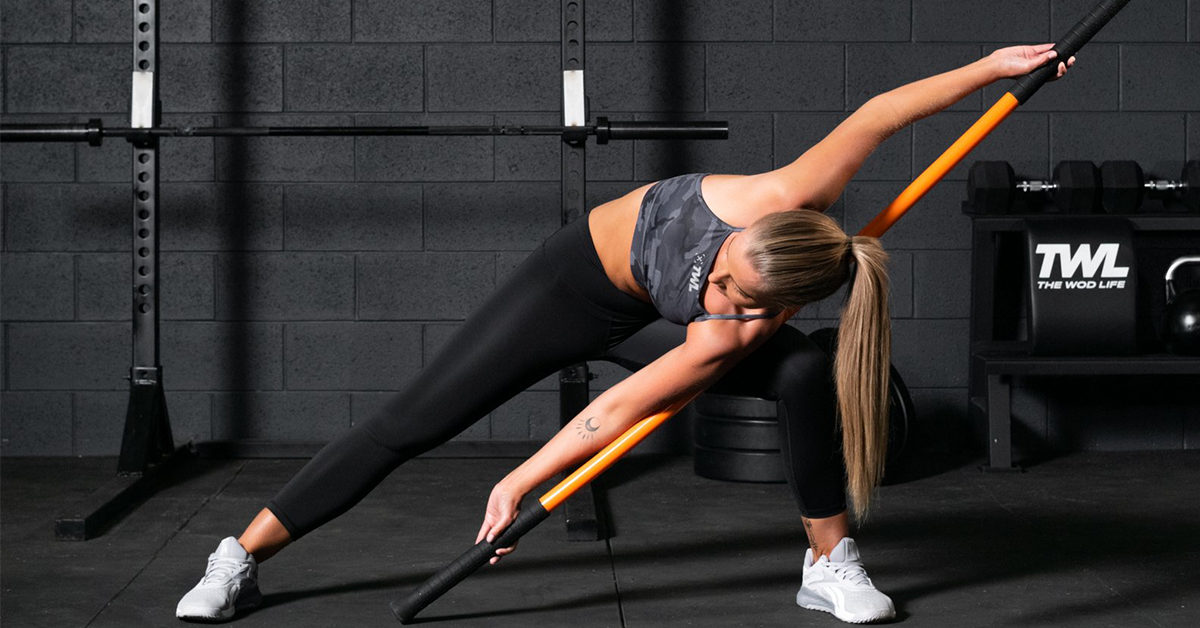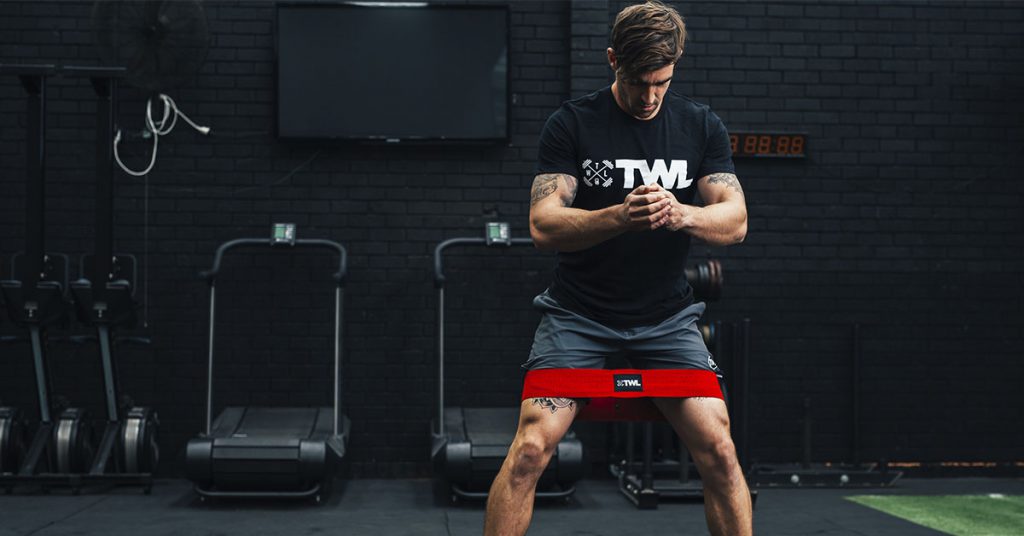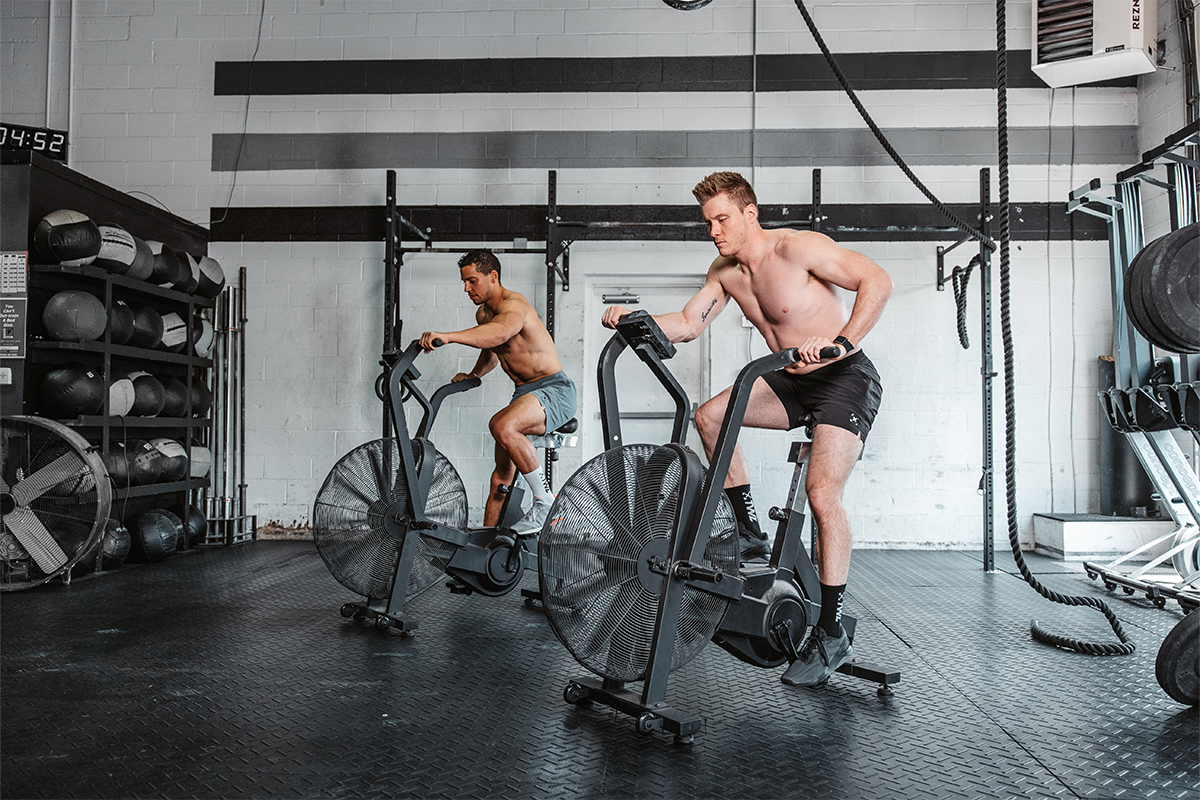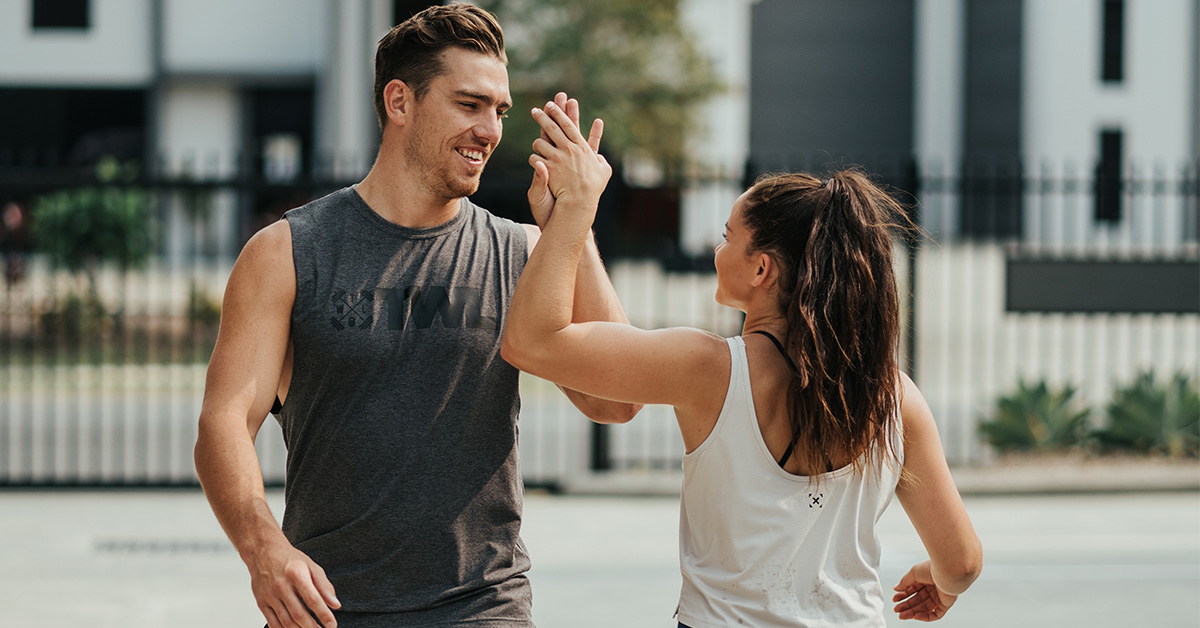Mobility is an integral part of your training. These are exercises that train and expand your body’s range of motion. Mobility is something that all athletes need, and it should always complement your sweat sesh. Most importantly, it plays a significant role in preventing injury. While accidents do happen, many sports and training-related injuries are preventable. These injuries usually happen when a muscle or joint is stretched or strained beyond its capacity. The solution to this? Mobility.
Innate Mobility
We didn’t always have to work so hard to have excellent mobility. Think back to when you were younger and how active and unstoppable you were. If you look at a child, you can see they are very flexible. Babies can put their feet in their mouths and kids can sometimes easily do the splits. This kind of innate mobility is common in kids.
However, we lose this as we age and become less active. Imagine doing these things as an adult! Many individuals live a sedentary lifestyle. Most of our days are spent sitting or lying down. Some of us can’t even get up from a sitting position on the floor without using our hands. (Try it!)
Our muscles tighten. Flexibility diminishes. As we practice mobility less (and move less, in general), our range of motion — or at least, what our bodies are comfortable with — decreases. Of course, you don’t need to be able to do the splits to be healthy mobility-wise, but many adults can’t even sit in the bottom of a squat without some kind of limitation. This is functional fitness at its simplest, and we all need it. All adults should be able to do things like comfortably squat down or bend over to tie their shoes.
Believe it or not, this lack of mobility — however unimportant or inconspicuous it may seem — is at the root of so many injuries. If you really think about it, you can probably remember hearing a story about how someone threw their back out bending over to pick up a piece of paper. This wasn’t a 100kg deadlift. It was a piece of paper. But the body wasn’t ready for it, regardless. It had nothing to do with the weight of the object. It had to do with the person’s mobility (or lack thereof).
Training for Mobility
So, you know you need to be mobile, but how do you get there? Remember, mobility is about more than being flexible — it’s about being able to move your muscles and joints in certain ways and to a greater extent. This means simply sitting in a straddle position for a minute or two might not cut it. Mobility involves working even the tiniest muscles — maybe ones you didn’t know you have. These exercises aren’t always intuitive or common sense. Doing your research and exploring new stretches is vital so you can start thinking outside the box.
https://www.instagram.com/p/BsJl-c5HoCI/
For example, it might include using a resistance band to stretch your hamstrings and lower back, rolling out your pecs with a massage ball or sitting in a couch stretch for two minutes on each side. Because it helps loosen your muscles and get the blood flowing, mobility is often a part of warm-ups, but you might also consider doing it after training, as well. At this point, you’re as warm and limber as you’ll get. Take advantage of it to work on mobility. This is prime time to reset your body and restore balance.
In functional fitness and Olympic weightlifting, mobility is not only highly beneficial but non-negotiable. In fact, mobility training is at the core of the sport. Without it, functional fitness cannot exist, no matter what your level of expertise is. While passive stretching can improve mobility, more beneficial mobility work includes a lot more than this.
We know it’s hard to program your own training. If you need some ideas to help you get going, check out these 10 mobility drills we love to do. These exercises will help prepare your body for WODing, allow you to move more efficiently, and decrease the chances of training-related strains and injuries. Even if you’re not super active in the gym, you will undoubtedly benefit from improved mobility even in your regular, everyday life. Give it a shot!


















